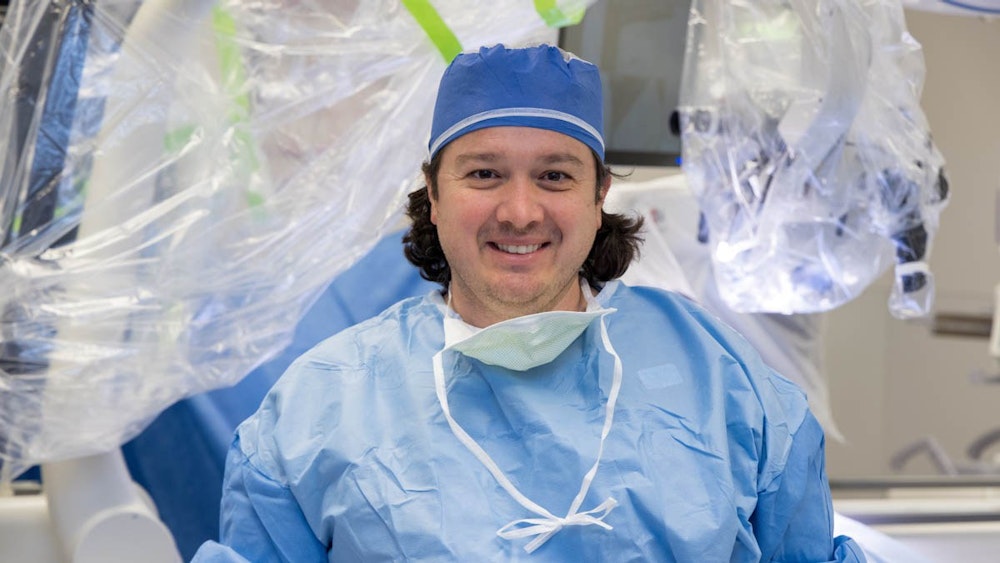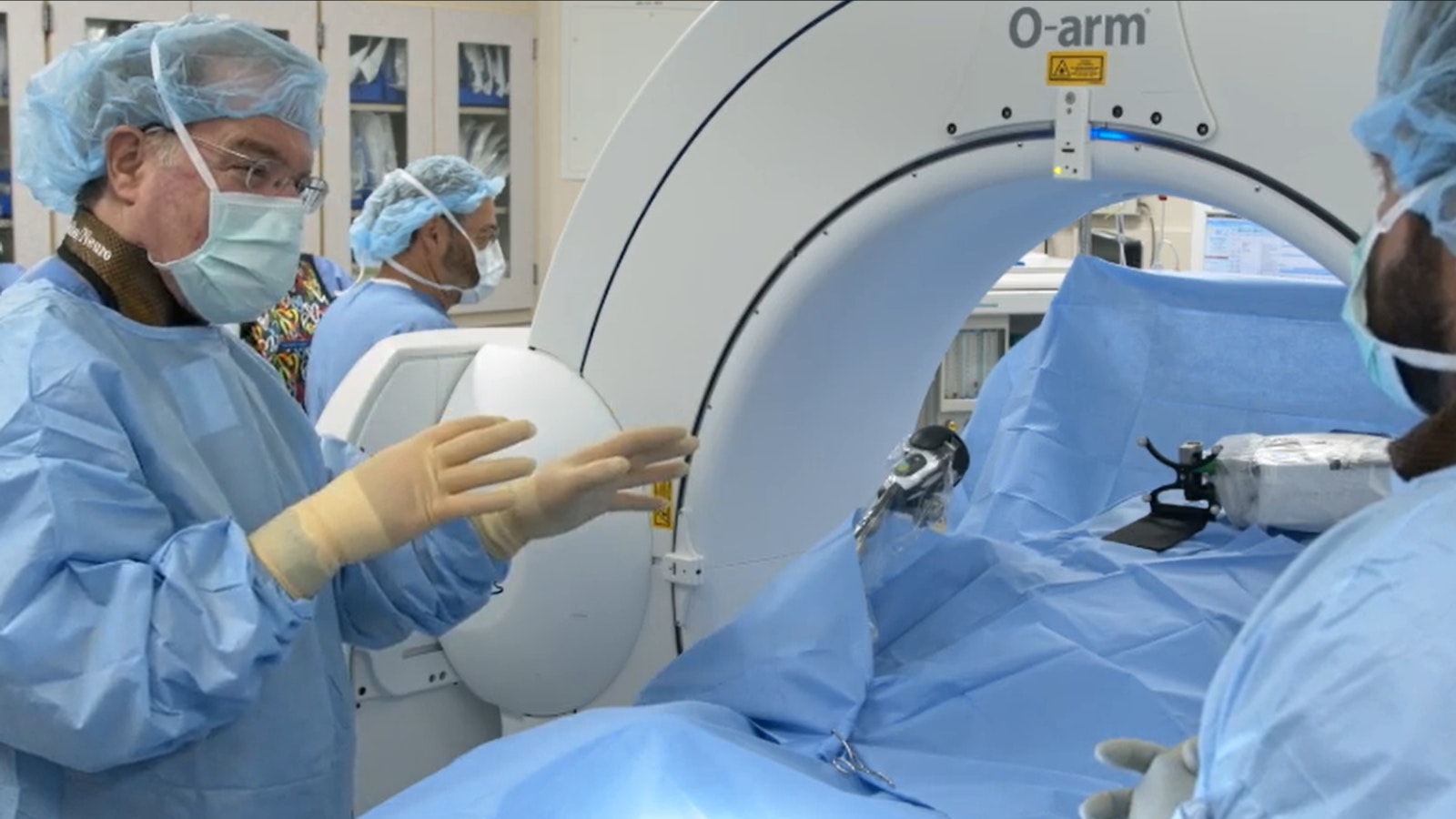Articles
May 27, 2021
"New robot-assisted spinal fusion system debuting here" Feature on Dr. Kevin Foley in Daily Memphian
Daily Memphian sits down with Dr. Kevin Foley to discuss the debut of a new spinal fusion robot system and the future of robotics surgery.
Surgical robotics has been around more than two decades, starting with the da Vinci system. In Memphis, Dr. Kevin Foley expects the technology is used in less than 10% of surgeries. Even at that rate, it easily doubles what was happening 10 years ago.
“Fast forward 10 years from now, my guess is that number will double or triple,” says Foley, a neurosurgeon at Semmes Murphey Clinic.He has a stake in the outcome. In March, the Food & Drug Administration approved the Fusion Robotics System he helped design for spinal fusion surgeries.
On March 22, Foley performed the first robotic spinal fusion surgery with the system at Baptist Memorial Hospital-Memphis.
Forefront of Medicine
“We are getting a lot of attention for this, as you might imagine,” Foley said.
Seven months earlier, the Fusion Robotics System was one of 10 products to receive an Orthopedics This Week Spine Technology Award for innovations considered not only creative, practical and enduring, but was technology surgeons said they would use themselves.
In robotic-assisted procedures, surgeons can perform complex procedures with more precision and flexibility than may be possible through conventional techniques.
The most widely used systems have a camera arm and mechanical arms with surgical instruments. The surgeon controls the arms from a computer console, which gives a magnified, 3-D view of the surgical site.

Dr. Kevin Foley and Semmes Murphey Spine Fellow, Dr. Frank Farokhi overseeing robotic procedure
One of Semmes Murphey Clinic's founding principles is the advancement of the field of neuroscience. So other Semmes Murphey Clinic physicians have aligned behind the effort and used the new tech in their own OR including neurosurgeon Raul Cardenas. Dr. Cardenas is a 3rd generation neurosurgeon who has experience with a variety of robotics systems. After introducing it to his patients, he marks the Fusion Robotics System as a standout. "My first surgery with the platform went very well.. it was a seamless integration. I'd say the platform is an excellent addition to a neurosurgeon's toolbelt and I see a very positive future for long-term patient outcomes with this", said Dr. Cardenas.

Dr. Raul Cardenas in the operating room
Increased Accessibility
Accessibility to top-tier robotics systems is not possible for most hospital systems—especially rural hospitals. The equipment needed for robotic surgery procedures is expensive, large, and difficult to store. The Fusion Robotics system was built with those pain points in mind. The robot is 1/4 of the price of the typical spine fusion robot, and the team at Fusion Robotics hopes that this will make it possible for more hospitals to purchase the machine. "With the surgical accuracy and price-point of this technology, it is easy to see that robotic technology will now become more available to both large medical centers, as well as, smaller regional hospitals; an opportunity that has not been available until now," commented Kimberly Hallum-Stewart, System Administrator for Neurosciences at Baptist
